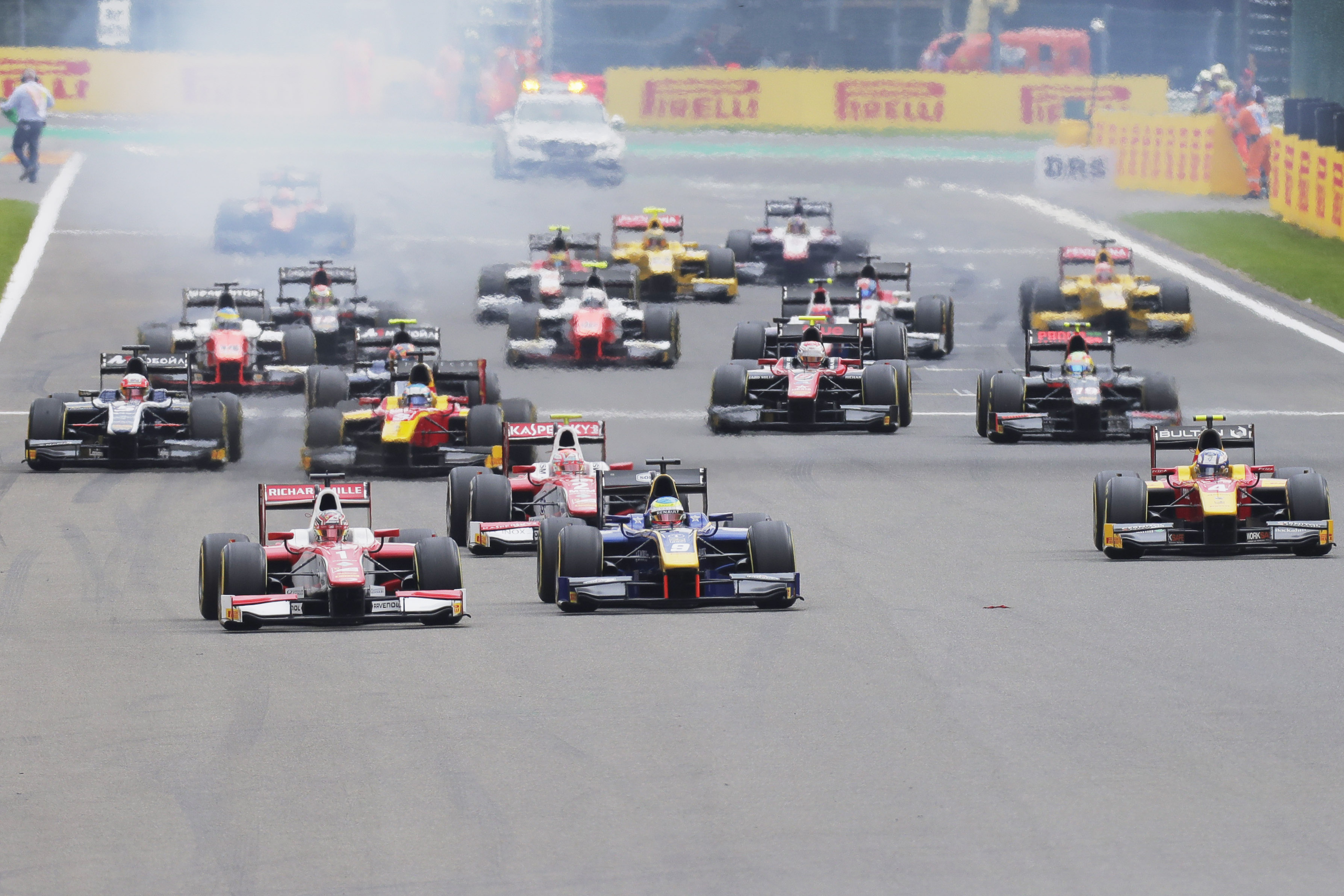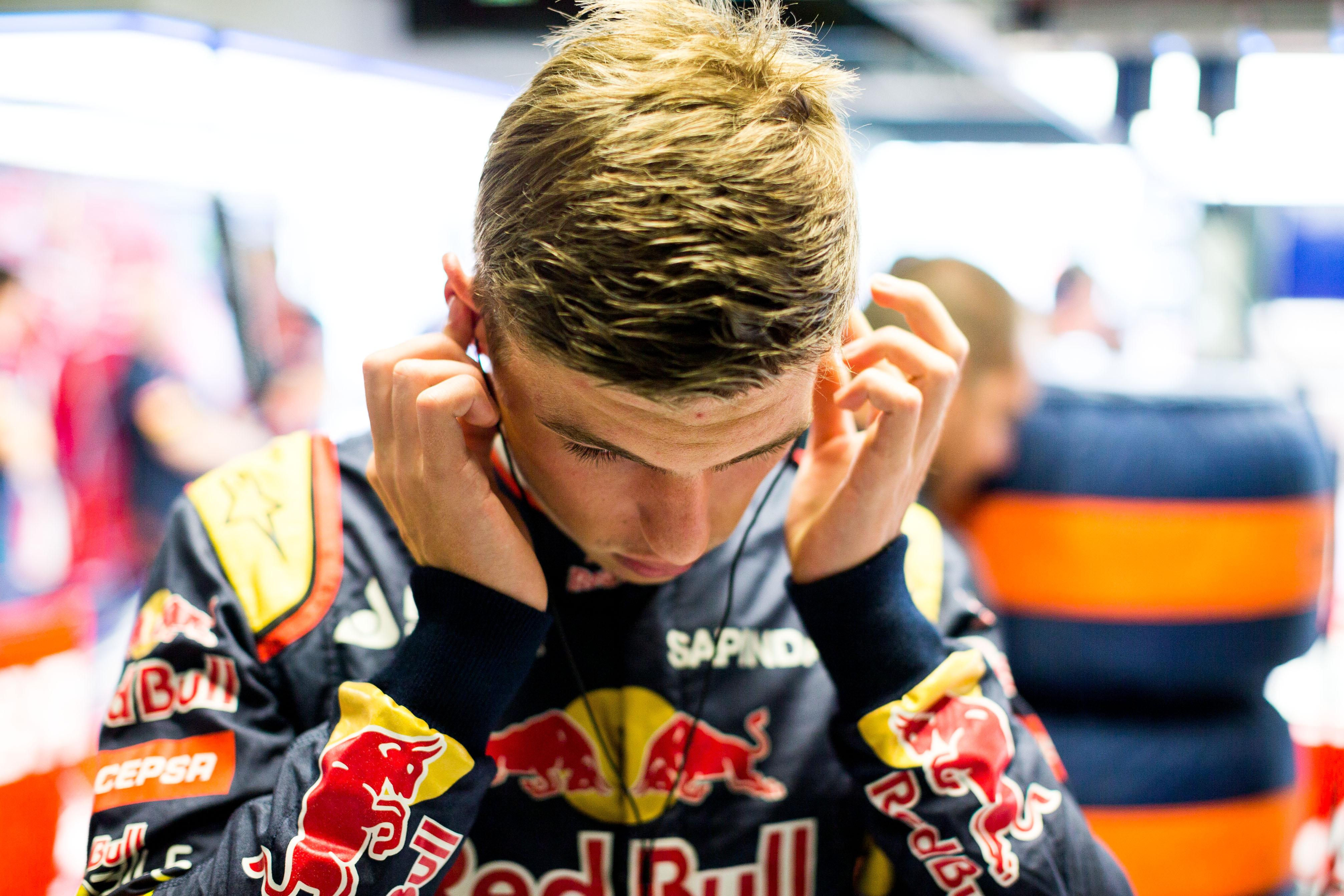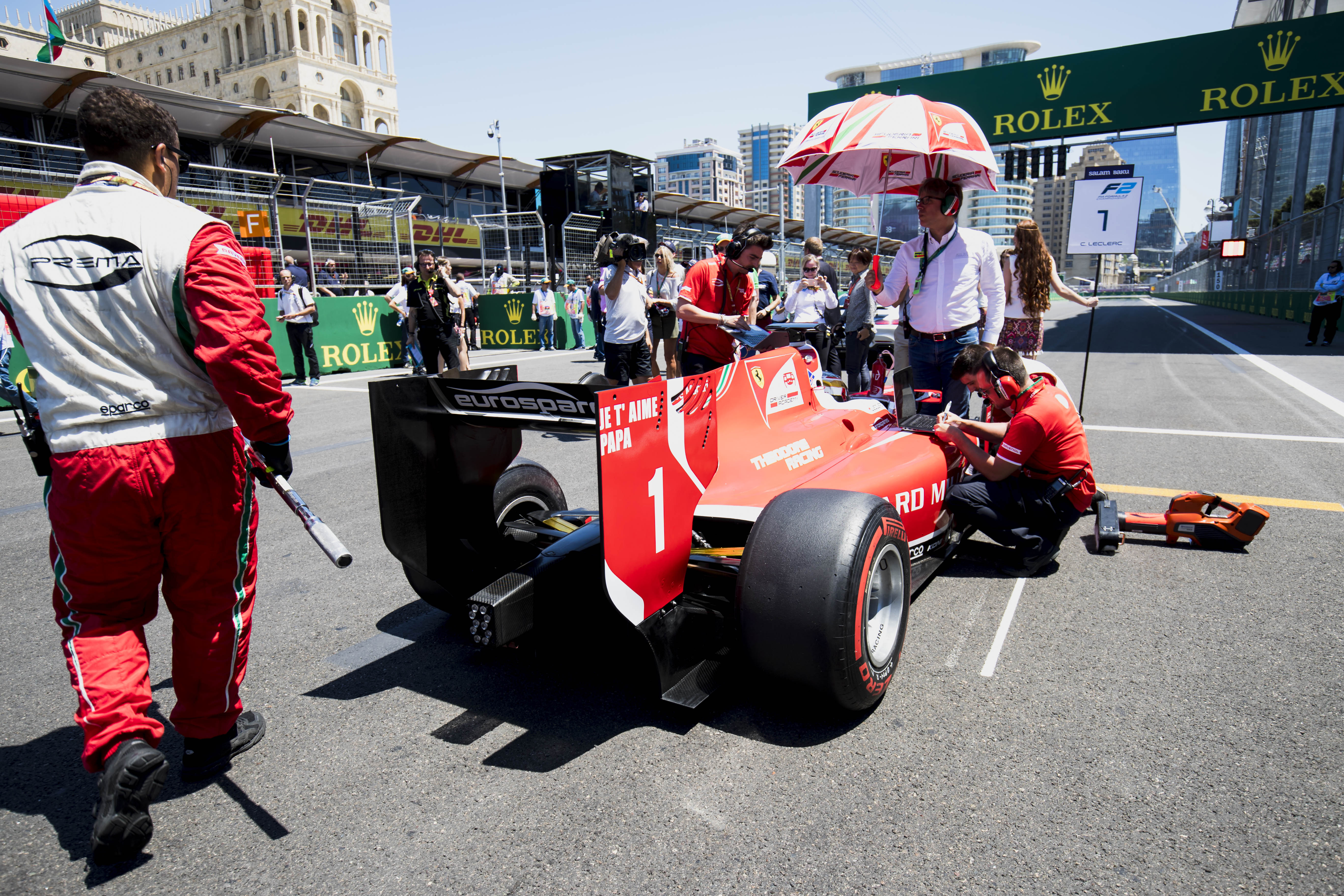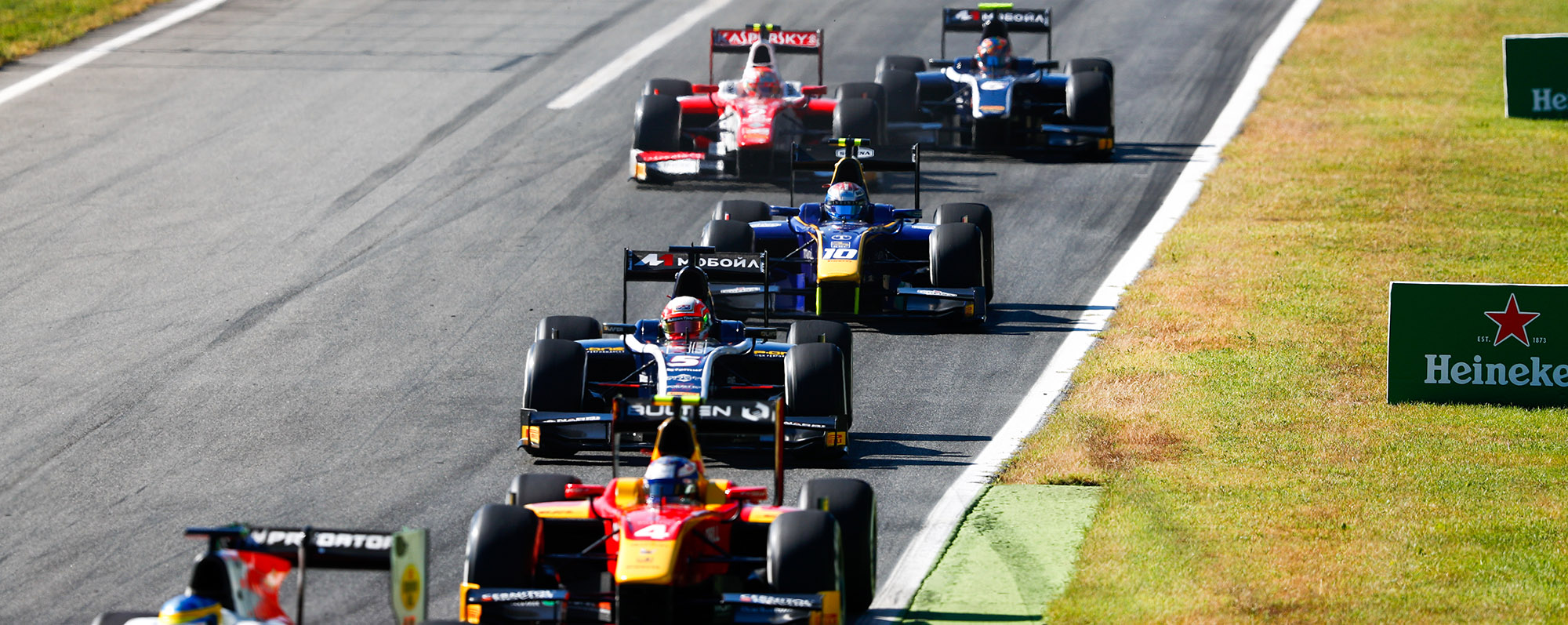Ever since the GP2 series became the FIA Formula 2 Championship earlier in the year, much work has been done to try mould the series to fit the vision of the FIA. And the latest announcement is that the FIA are looking to make Formula 2 “almost compulsory” for young drivers looking to make it to Formula 1, through the reallocation of the points required to obtain an FIA super licence.
Currently, a driver needs forty points (accumulated within the past three seasons) to obtain a super licence. Through the regulations in place, the top three placed drivers in F2 are awarded the whole forty points, along with the winners of European Formula 3, Formula E, the LMP1 class in the World Endurance Championship, and the IndyCar Series. Technically, this means drivers can skip Formula 2 all together, and young drivers can enter Formula 1 from lower junior categories such as Formula 3 – which we saw in the cases of Max Verstappen and Lance Stroll.
This kind of rapid career progression, often labelled as ‘skipping’ series, has been widely criticised by some who see it as a way for well funded youngsters to find a place in Formula 1 before they are quite ready for the jump. Though this was an issue that was supposed to be avoided by the introduction of the new super licence system in 2016, brought in as a direct response to the seventeen-year-old Verstappen’s arrival on the 2015 F1 grid, the FIA has decided that a reshuffle of the points system is needed to help improve the junior single seater ladder.

Formula 2’s technical director Didier Perrin told Motorsport.com that while F2 wouldn’t “be mandatory in theory…it will be the preferred path to F1”. And though no specific plans or numbers have been revealed, his words clearly indicate that F2 will be given more weigh in the super license system, particularly above Formula 3. The desired effect is clearly a boost to the profile of the Formula 2 Championship, but there has also been a suggestion that Formula 1 wants to create a structure similar to the one in place in MotoGP, where the series is supported by the Moto2 and Moto3 classes. The success created in MotoGP makes the prospect attractive to the Formula 1 bosses, and it is easy to see the benefits.
With Formula 2’s place in the single seater ladder intended to be above Formula 3, it seems only logical that its winners should be awarded more super licence points, and perhaps an oversight that it was ever given the same amount in the first place. With Formula 1 teams able to overlook the category, much has been made of the fact that many recent stand out performers and even winners of GP2 have failed to get a look in at the top tier. While drivers from Formula 3, Formula V8 3.5 (formerly known as Formula Renault 3.5) and DTM were being called up by the big names in Formula 1, those competing in what was supposed to be top junior single seater series were left languishing. Recent graduates have been forced to look elsewhere.
Another benefit, and what is clearly the main intention behind the move, is to prevent the kind of criticism being directed towards F1 that the promotion of Max Verstappen and Lance Stroll inspired. While both drivers acclimated to Formula 1, and have since proven their worth, the moves were met by concerns about their age and experience. Stroll’s early performance in particular, seemed to prove these doubts, and though he has since overcome these troubles, many would still argue that he would have benefitted from a few more seasons in junior formula. By making a season in Formula 2 the preferred route, then future Verstappens and Strolls will have to wait a little longer before making their top tier debut, and inexperienced drivers will be discouraged from moving too fast.

However, for all these good intentions. There is the argument that this reallocation of the super license points doesn’t address the real problems with the single seater ladder.
Whilst Formula 2 would not be harmed by additional exposure or sponsorship, and an influx of more top young talent. The reason for the lack of graduates from the series to Formula 1 lies not in the series itself, but rather in the absence of available seats in F1. It is all very well encouraging drivers to take their career through F2, but when the rare opportunities for a Formula 1 drive do present themselves, then drivers and teams will not want to wait around until they have satisfied the FIA by climbing the career ladder just the way they laid out.
But perhaps the most glaring issue with Formula 2 and single seater series like it is cost. With a season in Formula 2 can cost anywhere between 1.5 to 2 million euros, for those young drivers who lack substantial backing, it becomes an increasingly unviable option. If the emphasis is placed on Formula 2, then these drivers who cannot afford to race a full season in a front running F2 team run the risk of being overlooked – just as the stars of the series were in the past. It is no good trying to elevate a series without first making it more accessible for hopeful young drivers.

Those drivers who find it necessary to take less traditional routes in their motorsport careers could find themselves ignored if the super licence points do not aid racers who choose to take this path.
While the FIA may want to replicate the Moto2/3 system in single seater racing, this is not a realistic goal with the current costs involved. The price of one seat in Formula 2 would probably be enough to fund an entire team in Moto2 for a whole season. While the FIA have outlined curbing expenses as one of their aims for the future development of F1, it seems pointless trying to bring in small fixes and solutions when the real problem is so much bigger.
The problem the FIA is trying to address, and the improvement of junior series are valid and worthy goals. But what they are suggesting is ultimately a temporary solution to a much wider problem. F1’s new owners have highlighted the growing cost of the sport as an issue, and it is one that needs tackling across single seater racing, or they run the risk of finding that the pool of young talent has run dry when those elusive Formula 1 seats finally do open up.

